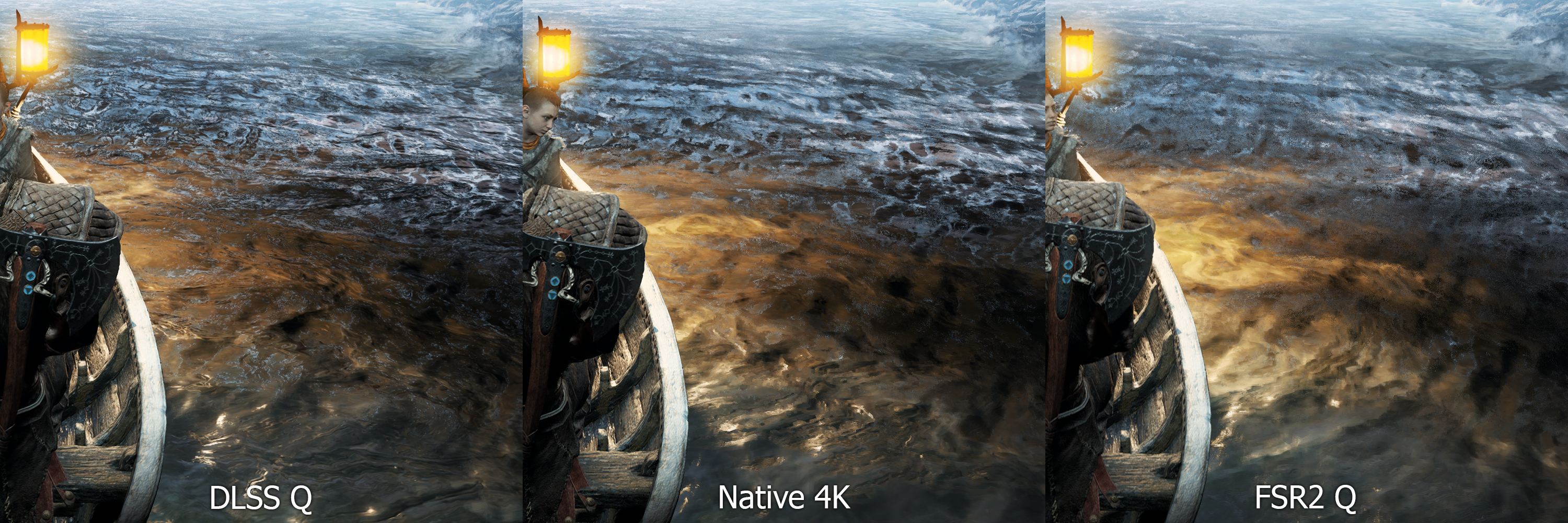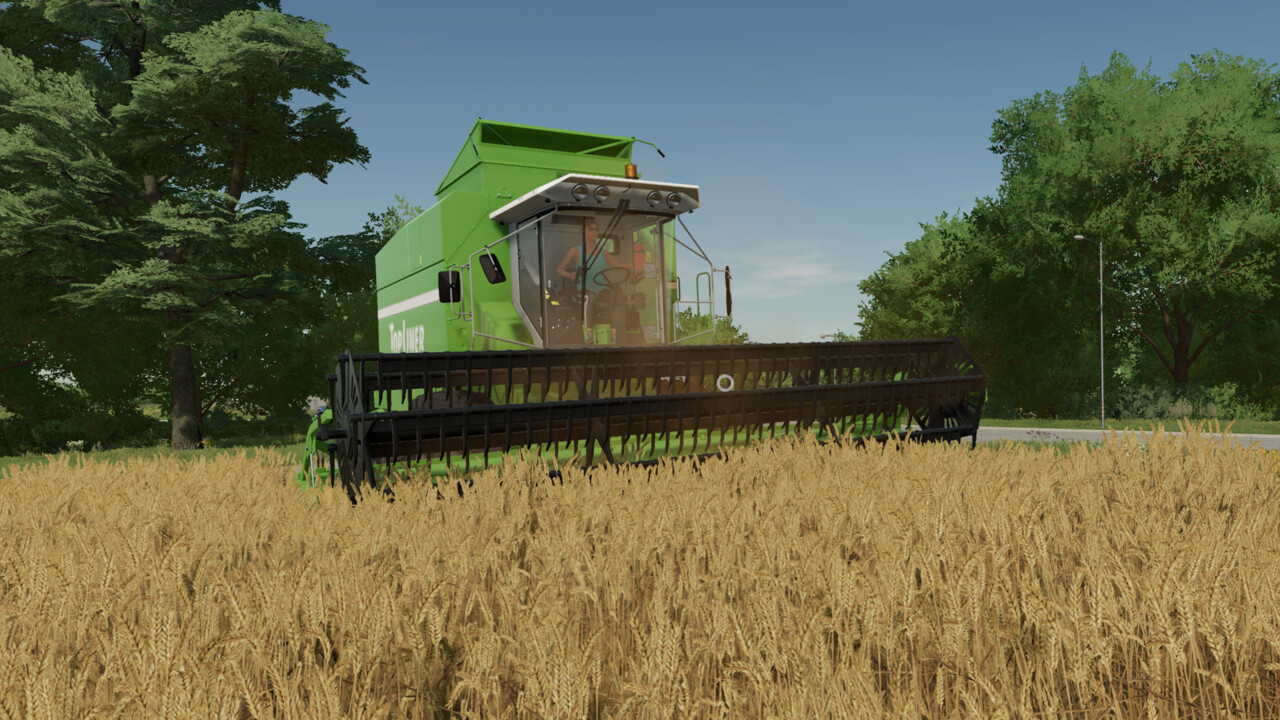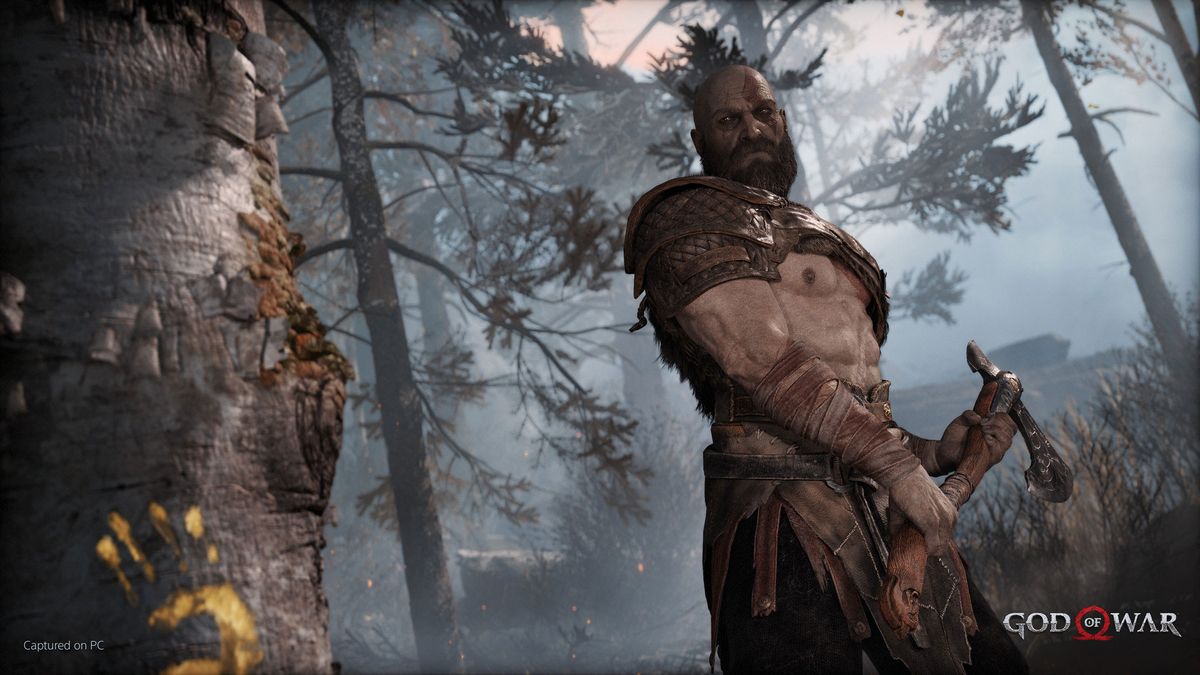I think it's more of an indication that these early FSR 2.0 releases are somewhat of a real world beta testing of 2.0.
We'll likely see these "3 days" only after the source code release.
Checking GoW out and it seems that they've actually "upgraded" FSR from 1.0 to 2.0:

No FSR 1.0 option anywhere I can find.
So on static scenes FSR2 Q is very close to native, only a tad softer. P on the other hand is noticeably blurrier, likely too much to be countered with a sharpening post.
DLSS is noticeably sharper than both native and FSR, P is leagues better than respective FSR2 mode by default. Q is a matter of preference, it's sharpness can probably be equalized with sharpening tweak.
The scene I've tested (the very first one after you start a new game) gives me on a 3080:
With DLSS P actually being usable here while FSR2 P is rather blurry.
Attached PNGs to numbers above.
Another interesting point: FSR2 modes consume ~0.5GB more VRAM than respective DLSS modes here. All in all it's still an easy choice on an RTX GPU.
Interestingly there appears to be much higher memory use with FSR2 vs DLSS as well.





